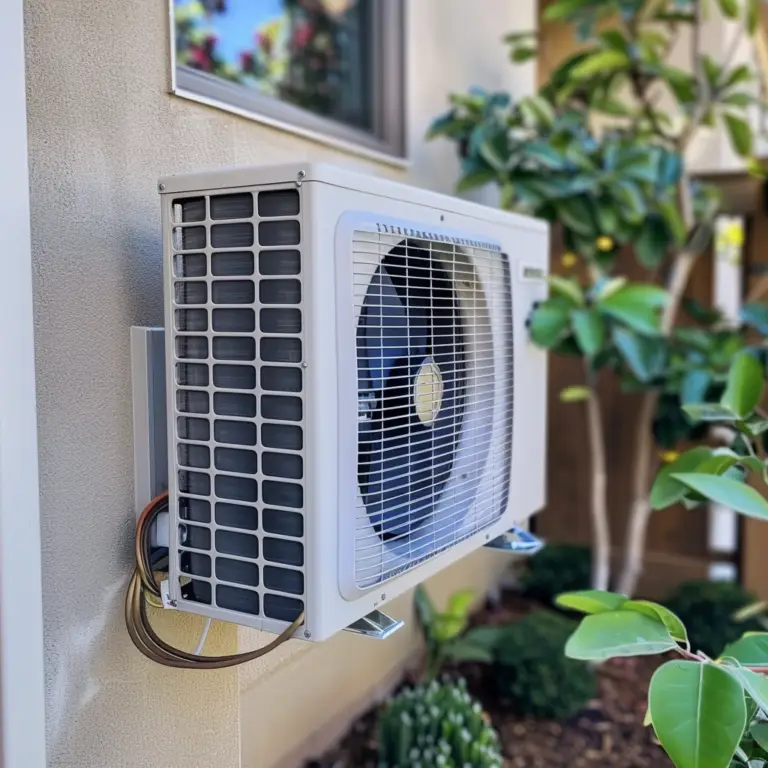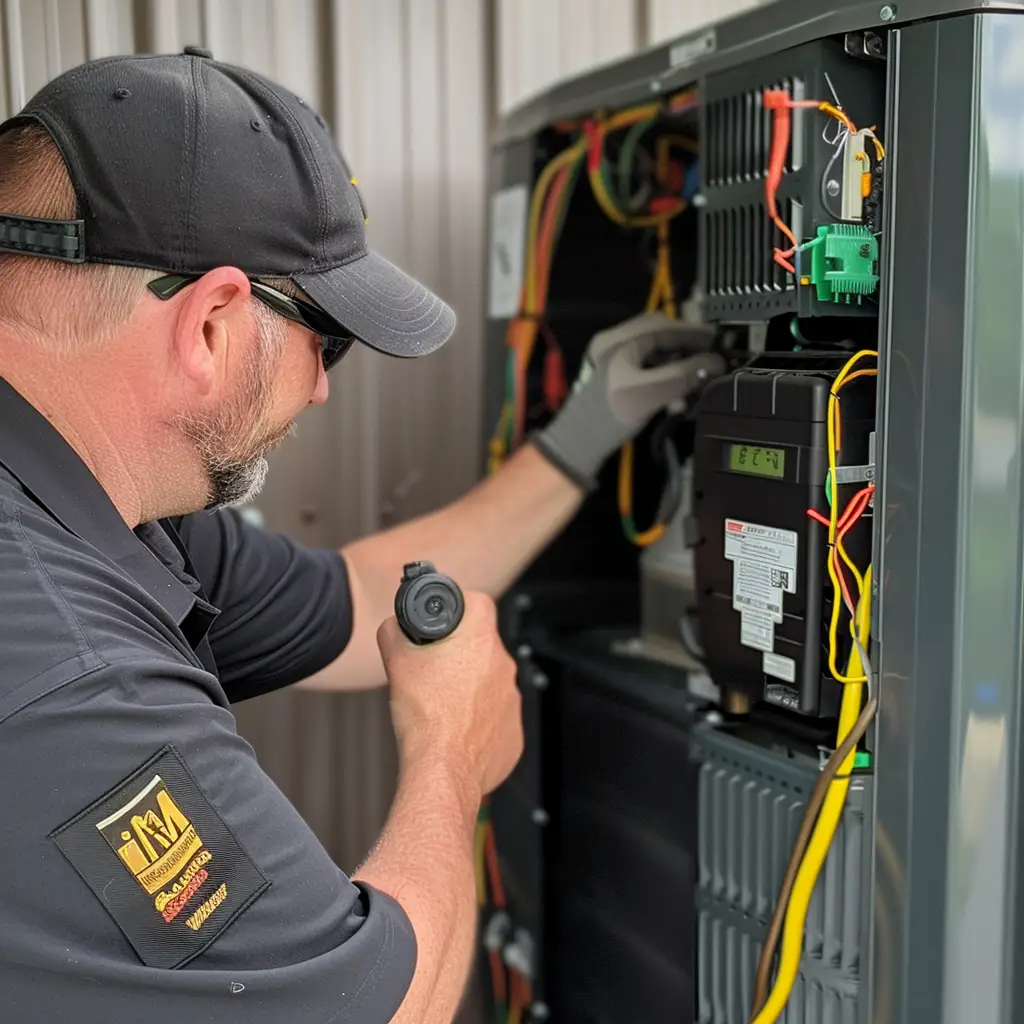With energy efficiency and space-saving design in high demand, ductless mini split air conditioners are an excellent choice for modern homeowners. Whether upgrading from an older system or installing a new air conditioning system, understanding the nuances of mini split technology is crucial. This blog delves deep into what affects the cost of these systems, how they’re installed, and tips for leveraging their efficiency for maximum savings.
Understanding Mini Split AC Costs
Mini split systems offer flexibility that traditional HVAC systems can’t match, but with that comes a variety of factors that influence their cost:
- System Type and Capacity: The price of a mini split system largely depends on its type (e.g., wall-mounted, ceiling cassette, floor-mounted) and cooling capacity, which is measured in British Thermal Units (BTUs). Larger capacities typically cost more due to increased materials and labor.
- Brand and Efficiency: Premium brands like Mitsubishi, Daikin, and Fujitsu are known for their reliability and high SEER (Seasonal Energy Efficiency Ratio) ratings. Systems with higher SEER ratings might be pricier upfront but can offer significant energy savings, making them a wise investment in the long run.
- Installation Complexity: Factors such as the location of the indoor and outdoor units, the structure of your home, and regional labor costs all influence the installation price. For example, homes without existing ductwork or with complex layouts may require more extensive installation efforts.
Model Comparison: Carrier vs. Mitsubishi
When considering a mini split system, comparing models can help you choose the right fit for your needs:

- Compatibility: Works with single and multi-zone systems.
- Features: Offers energy savings depending on the outdoor unit paired with it, minimal installation due to no ductwork, quiet operation, and a 10-year limited warranty.
- Best For: Homeowners looking for a reliable and versatile air conditioning solution.
- Learn about the pros and cons of ductless mini-split AC systems.

- Efficiency: SEER up to 24.6 and HSPF up to 12.8.
- Noise Level: As low as 19 dB(A), ideal for noise-sensitive environments.
- Special Features: Includes Econo Cool, a Nano Platinum filter for improved air quality, and Energy Star certification.
- Best For: Those seeking top-tier energy efficiency and advanced features.
Detailed Installation Costs Breakdown
Mini split installation can vary widely based on several practical elements:
- Single-Zone vs. Multi-Zone: Single-zone systems are designed for cooling a single room and are less expensive than multi-zone systems, which can cool multiple areas independently.
- Indoor Unit Placement: Options include wall-mounted units which are generally cheaper, and ceiling-mounted or recessed units which may require more complex installation procedures.
- For more on costs, check out ductless mini split systems costs.
Cost-Saving Strategies and Incentives
Investing in a mini split system can be made more economical with several strategies:
- Rebates and Financial Incentives: Many local and federal programs offer rebates for installing energy-efficient systems. Checking with local utilities and manufacturers can provide opportunities for savings. Learn more about energy savings with efficient systems.
- Optimal Timing for Installation: Scheduling installation during off-peak seasons like early spring or late fall can result in lower costs due to decreased demand for HVAC services.
Long-Term Benefits and Efficiency
Mini splits not only reduce upfront installation headaches but also offer long-term benefits:
- Energy Savings: High-efficiency mini splits can significantly reduce your energy bills, especially in regions with extreme weather conditions.
- Zoned Cooling and Heating: With the ability to control temperatures in specific zones, you avoid wasting energy cooling or heating unused areas.
Trust AirPoint for Your Mini Split AC System
Choosing the right mini split AC system involves balancing initial costs with potential energy savings and understanding the factors that affect installation and operation. By thoroughly evaluating your needs and the capabilities of different systems, you can ensure that your investment enhances comfort and efficiency in your home. Trust AirPoint, a Carrier factory authorized dealer and NATE certified team in Toronto, honored with HomeStars Best of the Best 2023 and rated 5 stars on Google and HomeStars. Our technicians are fully certified by TSSA, HRAI, and CSA.
To learn more about the cost of a mini-split ductless AC, watch this video by Fixr to learn the cost breakdown.
Frequently Asked Questions About Mini Split AC Systems
What are the benefits of installing a mini split AC system over traditional HVAC systems?
Mini split systems offer several advantages, including increased energy efficiency, lower installation costs since no ductwork is required, and the ability to control temperatures in individual rooms or zones. This flexibility allows for significant savings on energy bills and enhances comfort throughout the home.
Can mini split systems provide both heating and cooling?
Yes, most mini split systems are designed as heat pumps, providing both heating and cooling functionality. This dual capability makes them an excellent choice for year-round climate control in various climates.
How long does installation of a mini split system take?
The installation timeframe for a mini split system can vary based on several factors, including the complexity of the installation and the number of indoor and outdoor units involved. Typically, a basic single-zone system can be installed in about a day, while more complex multi-zone systems might take several days.
What should I consider when choosing between single-zone and multi-zone systems?
The choice between single-zone and multi-zone systems should be based on your specific cooling and heating needs:
- Single-Zone: Ideal for individual rooms or additions where only one area needs climate control.
- Multi-Zone: Best for homes or offices where multiple areas need independent temperature control. It's more cost-effective and efficient than installing multiple single-zone systems.
Are mini split systems energy-efficient?
Yes, mini split systems are generally more energy-efficient than traditional forced-air HVAC systems. They have higher SEER and HSPF ratings, which indicate their efficiency in cooling and heating, respectively. Look for models with ENERGY STAR certification for the best energy savings.
What maintenance does a mini split system require?
Regular maintenance for mini split systems includes cleaning the filters, ensuring the outdoor unit is clear of debris, and having professional check-ups at least once a year. Proper maintenance can prolong the life of the system and maintain its efficiency.
Can I install a mini split system myself?
While DIY installation kits are available, it is highly recommended that a certified HVAC professional handle the installation of a mini split system. Proper installation is crucial for optimal operation and efficiency, and incorrect installation can void warranties and potentially lead to system failures.





